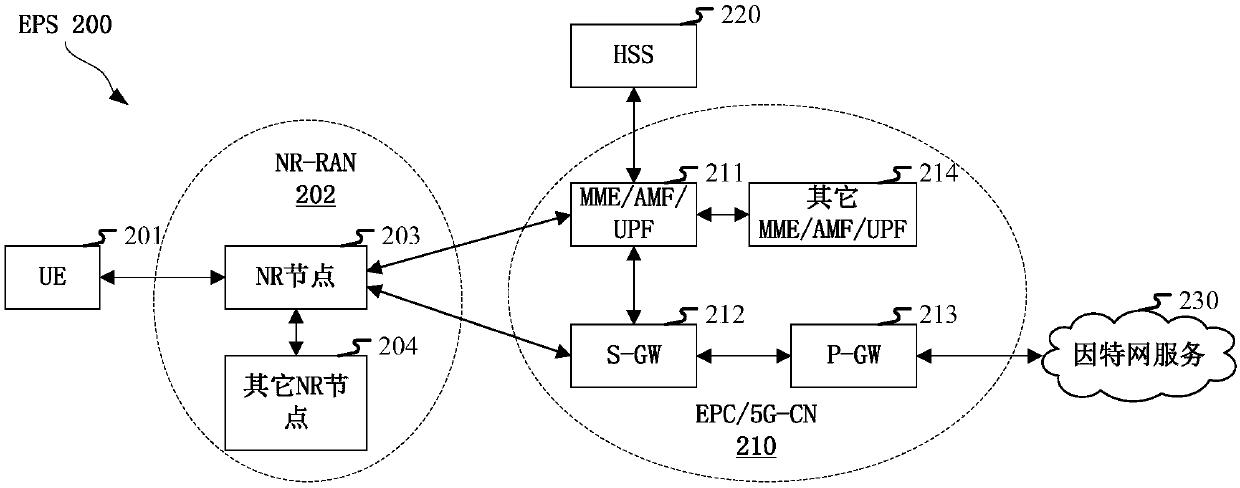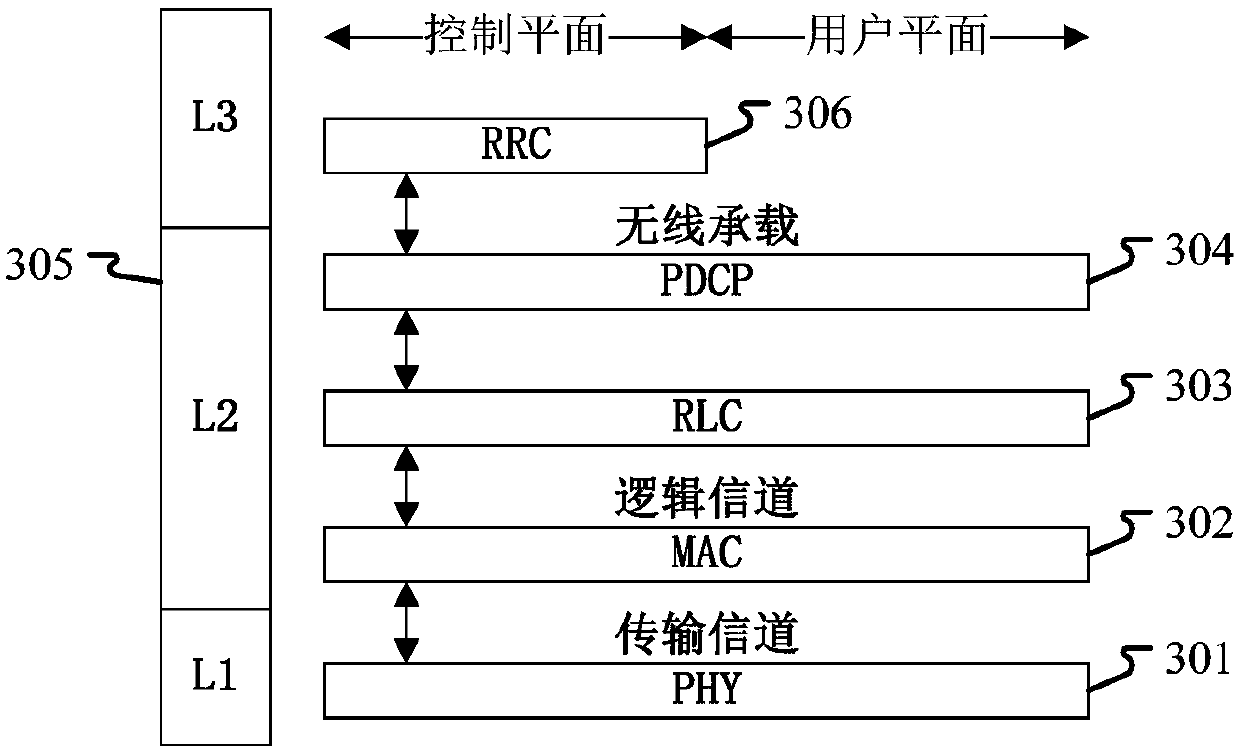User equipment for wireless communication, and method and device in network equipment
A technology for user equipment and wireless communication, applied in wireless communication, network traffic/resource management, electrical components, etc., can solve problems such as collision power consumption and loss, and achieve the effect of reducing power consumption and complexity
- Summary
- Abstract
- Description
- Claims
- Application Information
AI Technical Summary
Problems solved by technology
Method used
Image
Examples
Embodiment 1
[0099] Embodiment 1 illustrates the flowchart of the first wireless signal, as attached figure 1 shown.
[0100] In Embodiment 1, the user equipment in this application first determines the first time-frequency resource subset from the first time-frequency resource set, and then monitors the first wireless signal in the first time-frequency resource subset; the user equipment The location-related information of the device is used to determine the first time-frequency resource subset from the first time-frequency resource set, and the first wireless signal includes paging related information.
[0101] As a sub-embodiment, the first time-frequency resource set includes K candidate time-frequency resource subsets, the first time-frequency resource subset is one of the K candidate time-frequency resource subsets, the K is a positive integer greater than 1.
[0102] As a sub-embodiment, the first time-frequency resource set includes Q1 REs, the first time-frequency resource subse...
Embodiment 2
[0126] Embodiment 2 illustrates the schematic diagram of network architecture, as attached figure 2 shown.
[0127] Embodiment 2 illustrates a schematic diagram of a network architecture according to the present application, as attached figure 2 shown. figure 2It is a diagram illustrating NR 5G, LTE (Long-Term Evolution, long-term evolution) and LTE-A (Long-Term Evolution Advanced, enhanced long-term evolution) system network architecture 200 . The NR 5G or LTE network architecture 200 may be referred to as an EPS (Evolved Packet System, Evolved Packet System) 200 by some other suitable term. EPS 200 may include one or more UE (User Equipment, User Equipment) 201, NG-RAN (Next Generation Radio Access Network) 202, EPC (Evolved PacketCore, Evolved Packet Core) / 5G-CN (5G-Core Network, 5G core network) 210, HSS (Home Subscriber Server, home subscriber server) 220 and Internet service 230. The EPS may be interconnected with other access networks, but these entities / interfac...
Embodiment 3
[0137] Embodiment 3 shows a schematic diagram of an embodiment of a wireless protocol architecture of a user plane and a control plane according to the present application, as shown in the attached image 3 shown.
[0138] attached image 3 is a schematic diagram illustrating an embodiment of a radio protocol architecture for a user plane and a control plane, image 3 The radio protocol architecture for user equipment (UE) and base station equipment (gNB or eNB) is shown in three layers: layer 1, layer 2 and layer 3. Layer 1 (L1 layer) is the lowest layer and implements various PHY (Physical Layer) signal processing functions. The L1 layer will be referred to herein as PHY 301 . Layer 2 (L2 Layer) 305 is above PHY 301 and is responsible for the link between UE and gNB through PHY 301 . In the user plane, the L2 layer 305 includes MAC (Medium Access Control, Media Access Control) sublayer 302, RLC (Radio LinkControl, Radio Link Layer Control Protocol) sublayer 303 and PDCP ...
PUM
 Login to View More
Login to View More Abstract
Description
Claims
Application Information
 Login to View More
Login to View More - R&D
- Intellectual Property
- Life Sciences
- Materials
- Tech Scout
- Unparalleled Data Quality
- Higher Quality Content
- 60% Fewer Hallucinations
Browse by: Latest US Patents, China's latest patents, Technical Efficacy Thesaurus, Application Domain, Technology Topic, Popular Technical Reports.
© 2025 PatSnap. All rights reserved.Legal|Privacy policy|Modern Slavery Act Transparency Statement|Sitemap|About US| Contact US: help@patsnap.com



